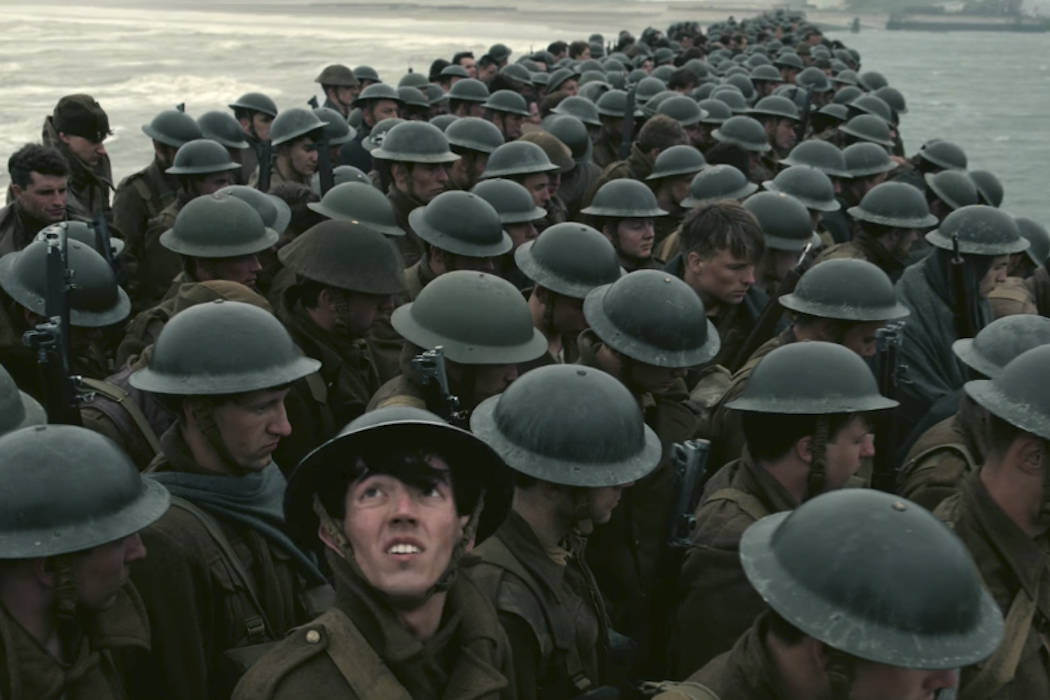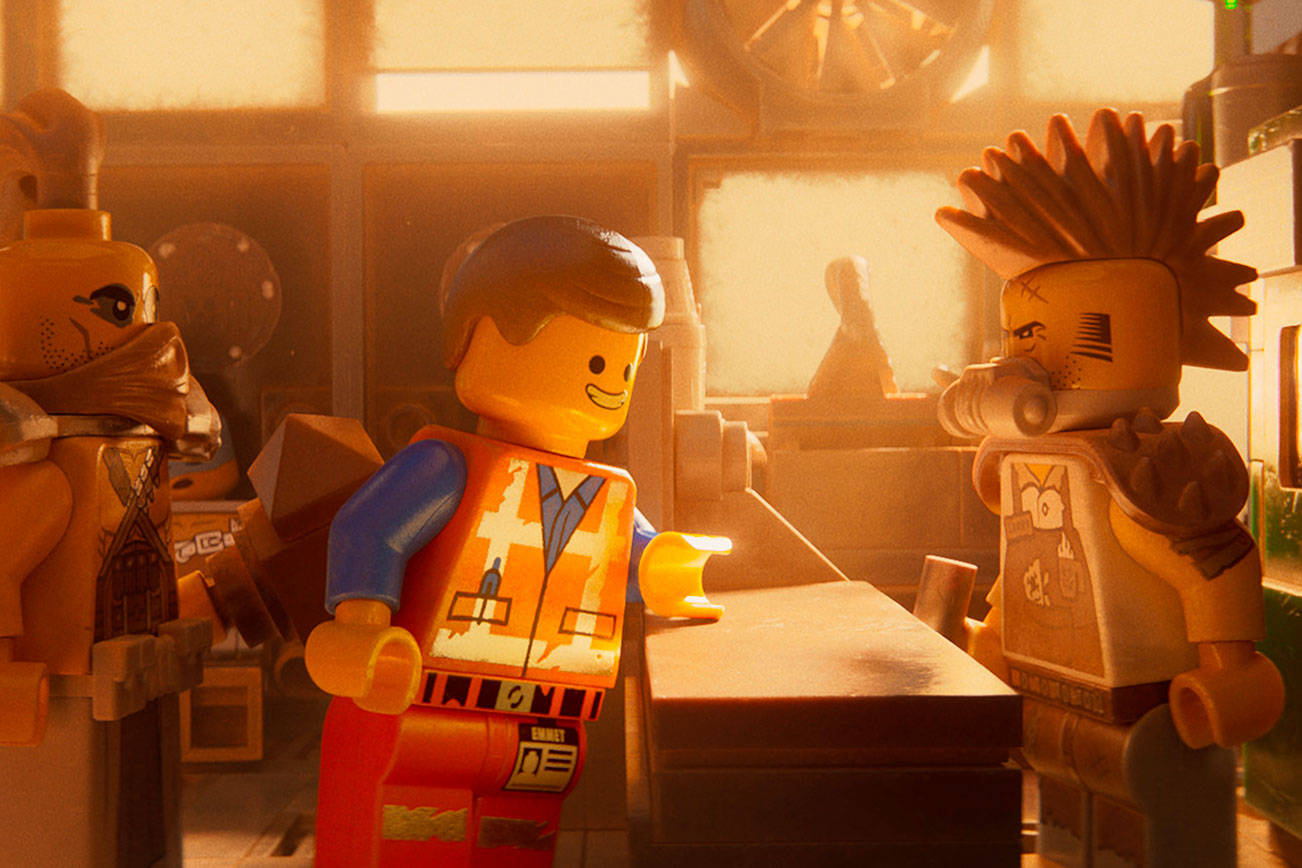Christopher Nolan’s Dunkirk is, undeniably, about the famed World War II evacuation. But it’s also very much about how Nolan makes movies, and how he wants us to watch them. Like other adventurous projects such as Memento and Inception, his new film is a weirdly structured but tantalizing jigsaw puzzle, its pieces assembled with the ingenuity of a maniacally complicated cuckoo clock. It’s not enough for Nolan that his three storylines unfold side by side—they must track along different time frames, too. The movie is like D.W. Griffith’s Intolerance, but focused on a single military event with characters who eventually overlap.
In 1940, Dunkirk was both a humiliating defeat for the Allied forces—the German army having routed the British and French to the sea—and an unlikely morale boost. The hundreds of thousands of soldiers stranded on the beach relied on a withdrawal “navy” partly made of countless small boats and ferries, many piloted by brave civilians crossing the English Channel. The story became the very model of victory snatched from the jaws of defeat. Nolan’s complicated method is announced immediately. One narrative strand is titled “The Mole,” named for the Dunkirk sea wall that served as the only docking point for large ships. That story takes a week to unfold. Here we meet the closest thing the movie has to a focal point, a soldier (Fionn Whitehead) who will try anything to latch onto a departing vessel. We also have the reassuring presence of a Navy commander played by Kenneth Branagh, whose performance consists almost entirely of standing on the pier and staring determinedly at the sea. Branagh does this stirringly.
The second is “The Sea,” a day-long push across the Channel in one private boat. Its plucky owner, nimbly played by the masterly Mark Rylance, takes his teenage son (Tom Glynn-Carney) and a young pal (Barry Keoghan) on the voyage. They pick up a shell-shocked survivor (Cillian Murphy) and steer toward France. The third strand is “The Air,” which takes place over a single hour and rides along with two RAF pilots (Tom Hardy and Jack Lowden) as they attempt to provide air cover for the retreat. This section, a series of air battles, wouldn’t stand on its own; it seems to exist as an excuse for IMAX-sized you-are-there views of dogfights above the Channel. Reviewers who’ve seen the film in IMAX (it wasn’t at the press screening I attended) have raved about the effect. Nolan allows Hans Zimmer’s inventive score and Winston Churchill’s “We shall fight on the beaches” speech to provide the finishing touches.
For all the state-of-the-art technology and tricky structure, Nolan is basically flexing one of the oldest movie axioms: When you cut between two escalating situations—for instance, people trying to escape a burning house as firefighters across town scramble toward it—you build suspense. He proves the point repeatedly in Dunkirk, making the pulse pound even with three escalating situations and even when our brains tell us the events aren’t actually happening at the same time. Given the complicated time-shifting, when the storylines do finally coincide, it’s a thrill—although it’s possible you’re more impressed with the filmmaker’s bravado than with anything the characters are doing onscreen.
Those characters are stock types caught up in the large sweep of events. Nolan is so sparing with dialogue and backstories that I found myself wondering whether he cast three escaping soldiers with nearly indistinguishable actors precisely because he wanted them to remain anonymous (newcomer Whitehead is joined by Aneurin Barnard and One Direction star Harry Styles). The whole apparatus is impressive, if sometimes hollow. Why do it this way? Does the time gimmick say something about how people experience trauma in different ways, or about how certain events are fated to intersect? I’m skeptical. Maybe Nolan simply wants us to see the war film differently. On that level, mission certainly accomplished. Dunkirk, Rated PG-13. Opens Thurs., July 20 at various theaters.
film@seattleweekly.com






